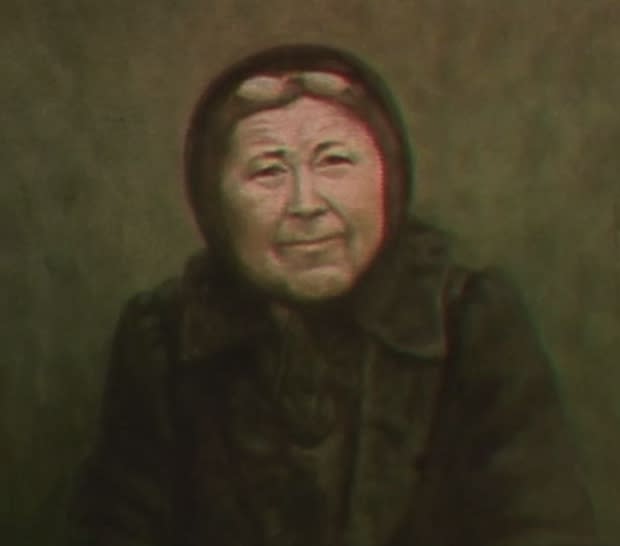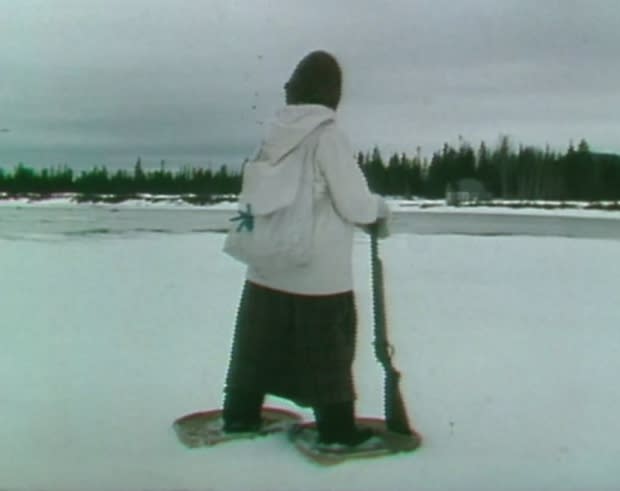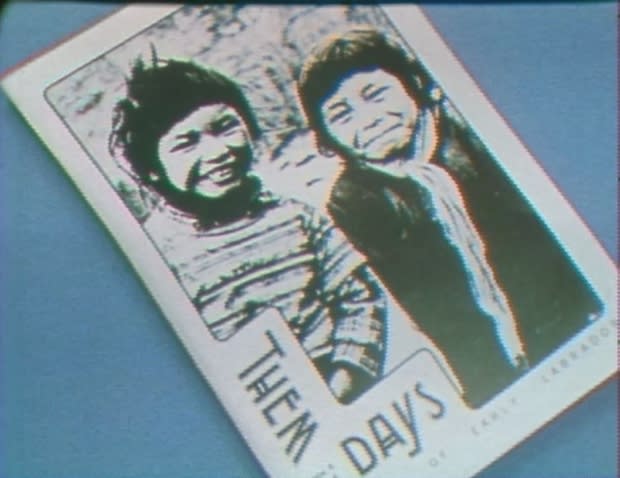Tracing the legacy of Aunt Lydia in Labrador: A Land & Sea archival special
Lydia Campbell was a rarity in her time: a Labrador woman who could both read and write.
She and her two sisters were taught by her father, who arrived in Labrador from England in the early 1800s, using a Church of England prayer book.

From her mother, an Inuit woman, Campbell learned to live off the land and survive in the harsh but beautiful area around Lake Melville. She trapped and fished, hunted partridge and snared rabbit, and worked into her senior years to support her family.
"We never stop work unless we are eating or sleeping in the night, or are singing or reading prayers," she wrote in 1894, when she was 75.
"On Sunday, we have a spell on that happy day."
We know what life was like for the woman affectionately called Aunt Lydia, because she wrote it all down.
Her writings, preserved in a notebook at the request of a visiting missionary, give a glimpse into life in Labrador during the early days of European arrival.
'We're quite proud of Lydia'
Artist Jean Crane, a descendant of Aunt Lydia, lived in Happy Valley-Goose Bay but enjoyed heading out to the area around Lake Melville and enjoying the land of which Campbell had been so fond.
"I can be Lydia when I'm here," Crane said of her ancestor, who was the first known native-born Labradorian to write in English about the area.

Snowshoeing, painting and getting lost in the times Campbell wrote about, spending time on that land was a connection to a woman who was a source of pride for Crane and her family.
"We believe that she had a great philosophy on life and that she was a very fine person," she said.
"We're quite proud of Lydia."
Them Days
Another of Aunt Lydia's descendants, Doris Saunders, was also continuing the woman's traditions through her work as the editor of Them Days, a magazine that preserves the stories of Labrador's past.
Read in homes across Labrador and beyond, Them Days records the stories of the land's elders, saving them just as Lydia Campbell's stories had been saved.

The work fostered the connection Saunders felt to Aunt Lydia, one that she had long held and that she saw in her own father.
"I'd love to see where her grave is," she said of the woman, who was unheralded in her day and buried in an unmarked location.
"I think that is something that would bring tears to your eyes and a lump to your throat."
Watch this archival episode of Land & Sea from 1984
For more archival Land & Sea episodes, visit the CBC Newfoundland and Labrador YouTube page.
Read more articles from CBC Newfoundland and Labrador
Want to see more documentaries from CBC? Subscribe to our newsletter:
